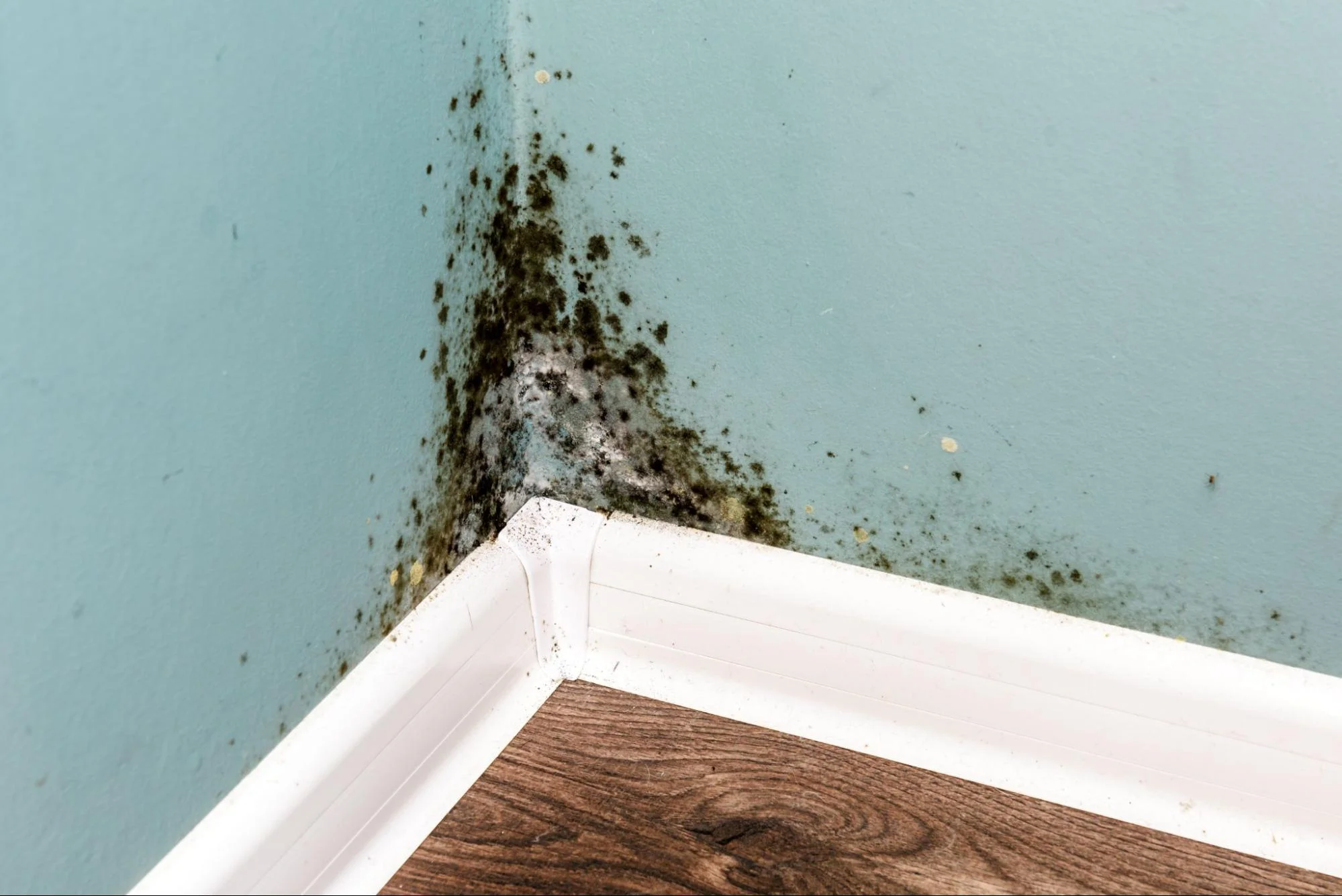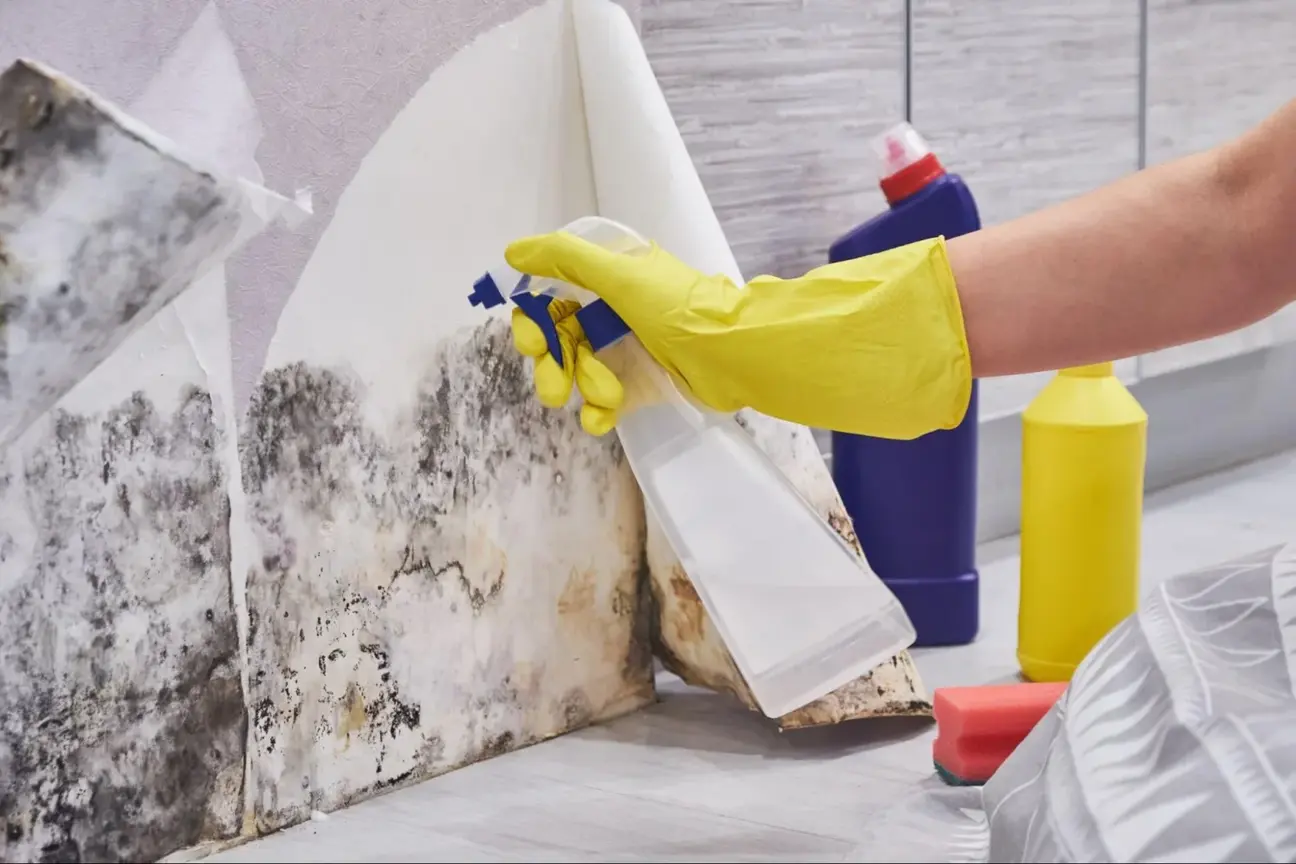
Mold can be a serious problem for any homeowner. It affects your home’s structure and can cause health issues for you and your family. Knowing how to detect and properly remediate mold is crucial to maintaining a safe living environment. This guide will provide you with essential steps and tips to identify mold, understand its risks, and effectively remove it.
Detecting mold early can save you from costly repairs and health problems. You’ll learn the key signs of mold presence and investigate areas of your home that are most vulnerable. It’s critical to act quickly once you identify mold to prevent it from spreading further.
By following the right remediation strategies, you can safely and efficiently remove mold from your home. From drying your home thoroughly to handling water-damaged items, these steps ensure that mold growth is minimized. Read on to educate yourself on the best practices for mold detection and remediation.

Mold can be a serious issue in homes, affecting indoor air quality and leading to health concerns. Learn how mold grows, recognize its signs, and understand its potential impact on your health.
Mold is a type of fungus that thrives in damp, humid environments. It reproduces through tiny spores that float through the air. When these spores land on moist surfaces, they can start to grow.
Common places for mold include areas with water leaks, such as bathrooms, basements, and around windows. High humidity levels, lack of ventilation, and water damage contribute to mold growth. Keeping your home dry and well-ventilated helps prevent mold from developing.
Mold can appear in various colors like black, white, green, and orange. It’s essential to monitor moisture levels in potential problem areas to reduce the risk of mold infestation.
Detecting mold early is crucial. Visible mold growth is the most obvious sign, often appearing as spots or patches on walls, ceilings, or floors. Mold can also be hidden under carpets, behind wallpaper, and inside HVAC systems.
Mold odors, such as musty or earthy smells, are another indicator. Discoloration or peeling paint, condensation on walls, dust accumulation, and recent water damage are red flags. Be attentive to any ongoing moisture issues in your home, as unchecked water leaks lead to mold problems.
Regularly inspect your home, especially in high-risk areas. Early detection and taking action to fix moisture problems can save you from more significant mold issues later.
Mold exposure can lead to various health concerns. Symptoms include allergic reactions like sneezing, runny nose, red eyes, and skin rashes. People with asthma or respiratory conditions may experience worsened symptoms.
Mycotoxins, toxic compounds produced by certain mold species, can have severe health effects. These can trigger headaches, dizziness, or fatigue. Long-term exposure might impact overall well-being, particularly in young children, the elderly, or those with weakened immune systems.
Maintaining indoor air quality and addressing mold problems early helps protect your family’s health. Recognizing the health implications encourages prompt action to mitigate mold and ensure a safer living environment.

To effectively deal with mold in your home, you need a solid understanding of how to find and remove mold, manage mold problems, and prevent future growth. Below, we explore key aspects of professional mold testing, effective remediation, and ongoing prevention.
Professional mold inspection is crucial for accurately detecting mold problems. A licensed mold assessor uses specialized tools and techniques, such as air quality testing and moisture meters, to identify contaminated areas. They may use testing procedures that measure relative humidity and assess drywall for hidden mold. Hiring a mold expert ensures that you get precise results and sound advice for remediation.
Effective mold testing involves sampling air and moldy materials, followed by laboratory analysis. This step helps confirm the presence and type of mold. Proper detection helps you understand the extent of the issue and plan appropriate action.
Effective mold remediation involves several steps to ensure thorough removal and prevent regrowth. First, containment strategies are used to isolate contaminated areas and prevent cross-contamination. This may involve sealing off rooms and using negative air pressure.
The remediation team will then use safe work practices and personal protection equipment to remove mold. This includes cleaning or disposing of moldy materials like drywall. Air filtration devices are often used to improve air quality and capture mold spores.
The mold remediation process may also include cleaning surfaces with specialized products and ensuring the area is dry. Monitoring relative humidity levels is important to prevent future mold growth.
Preventing mold involves regular maintenance and timely repairs. Address any water leaks or moisture issues promptly. Maintain indoor relative humidity levels between 30% and 60% using dehumidifiers or ventilation.
Regular inspection of your home, especially in areas prone to moisture like basements and attics, can help catch mold early. Mold prevention strategies may include using mold-resistant materials in construction and ensuring proper drainage around your home.
Consistently cleaning and drying areas after water exposure, such as bathrooms, can also help in mold prevention. Staying vigilant and performing regular maintenance will help you keep your home mold-free.
Detecting and removing mold in your home is crucial for your health and property. Mold can grow in damp areas and cause respiratory problems. It’s important to address mold quickly.
To detect mold, you can look for discoloration, smell musty odors, or use mold testing kits. Areas like bathrooms, basements, and kitchens are common spots.
Steps for Remediation:
Monitor your home for signs of mold regularly and act promptly to keep your environment safe and healthy.
Hiring a professional service like Kaminskiy Care and Repair is a smart choice for detecting and removing mold in your home. Our team of experts can assess and remediate mold safely and effectively restoring your home’s appeal. Contact us today
You can identify mold by its musty smell and visible patches, which can be black, green, or white. It often appears in damp places like bathrooms, kitchens, and basements. Stains on walls, ceilings, or under carpets can also be signs.
To prevent mold, control moisture by fixing leaks, ensuring proper ventilation, and using dehumidifiers. Regularly clean areas prone to moisture and use mold-resistant products for renovation or building projects. Keep indoor humidity levels below 60%.
Mold remediation involves several steps: containing the area to prevent spread, removing affected materials, cleaning and disinfecting surfaces, and addressing the moisture problem. Professionals also use specialized equipment to ensure a thorough cleanup.
For small mold problems, scrub the affected area with water and detergent. Use protective gear like gloves and masks. Discard porous materials like carpets or ceiling tiles if they are moldy. Be sure to dry the area completely to prevent recurrence. For larger infestations, seek professional help.